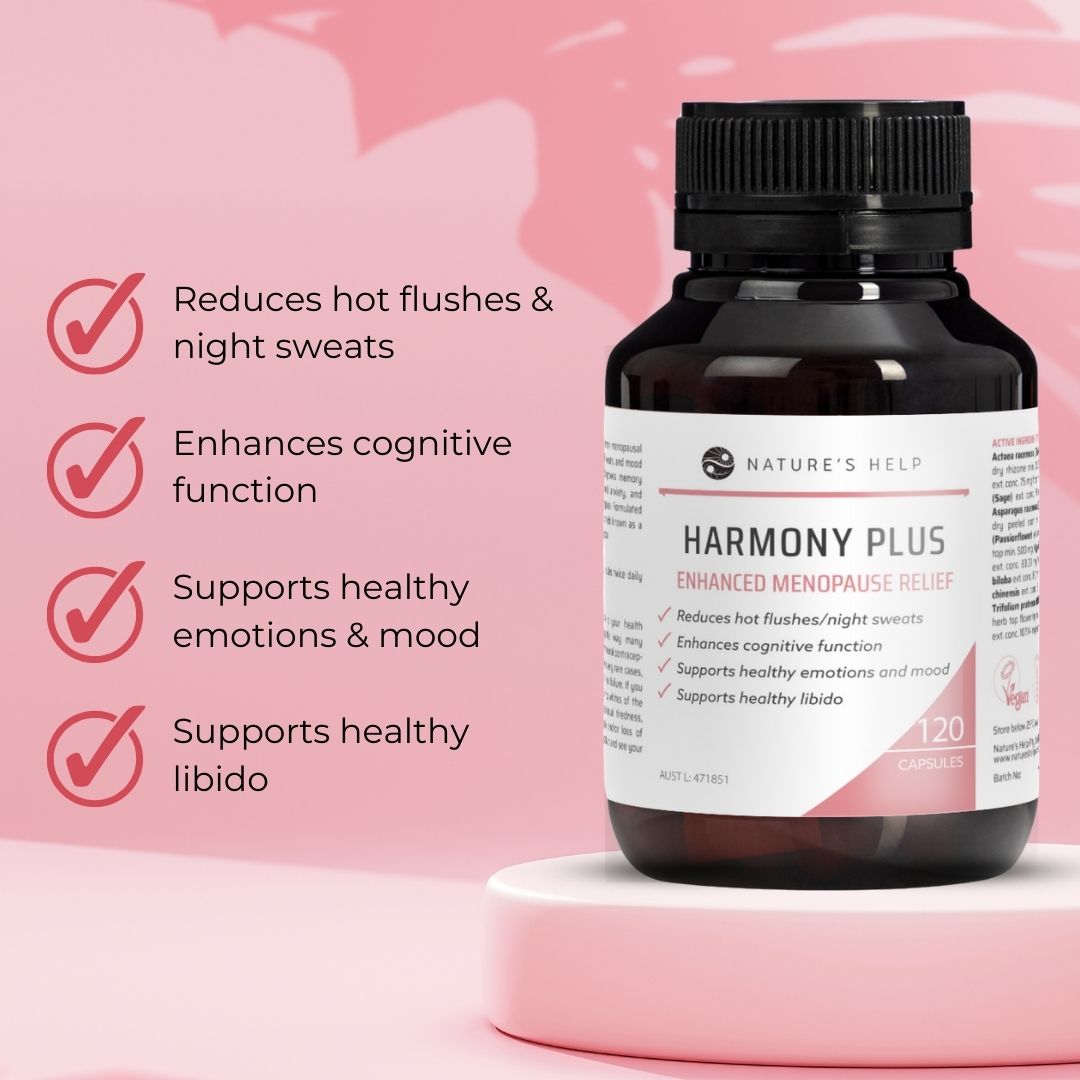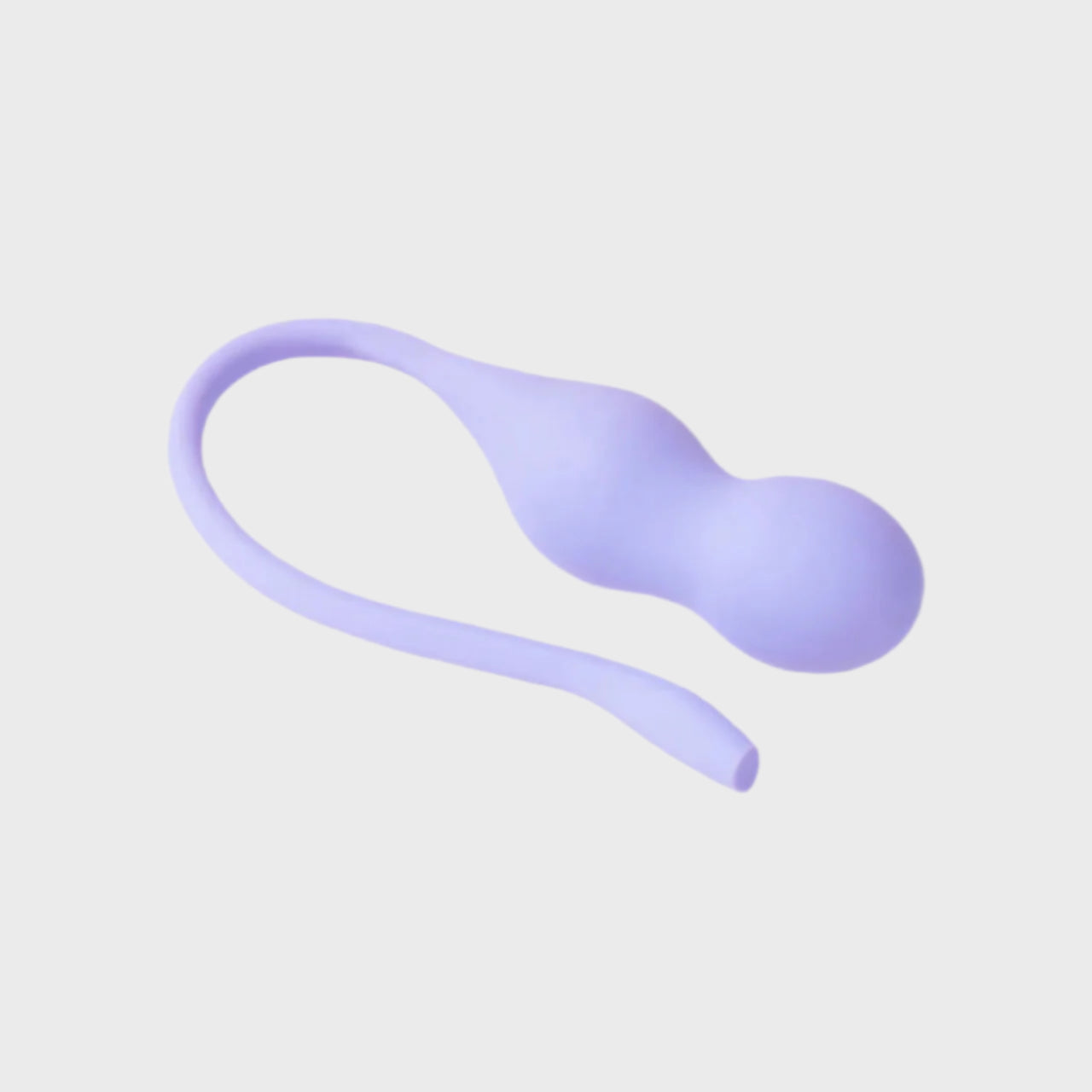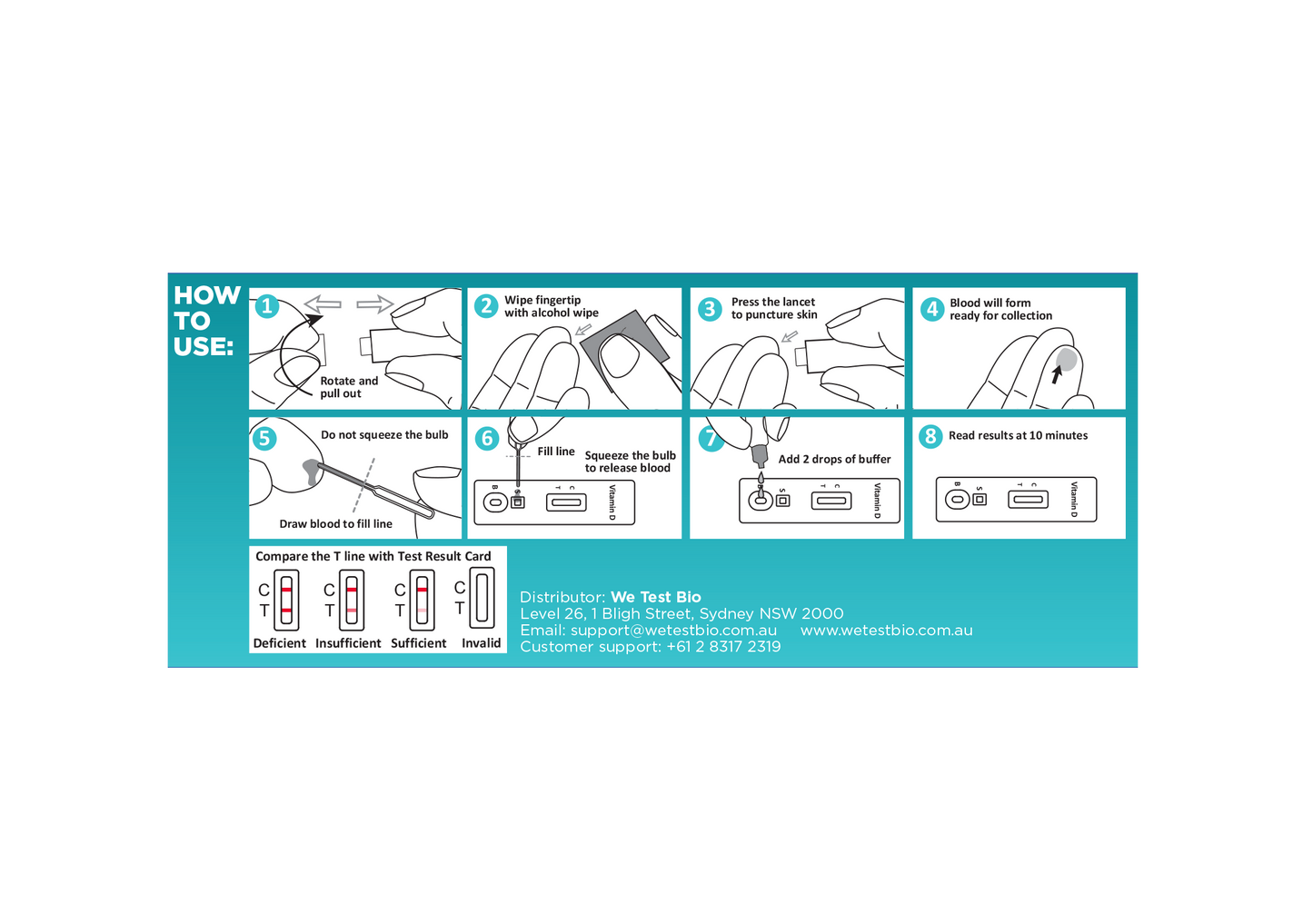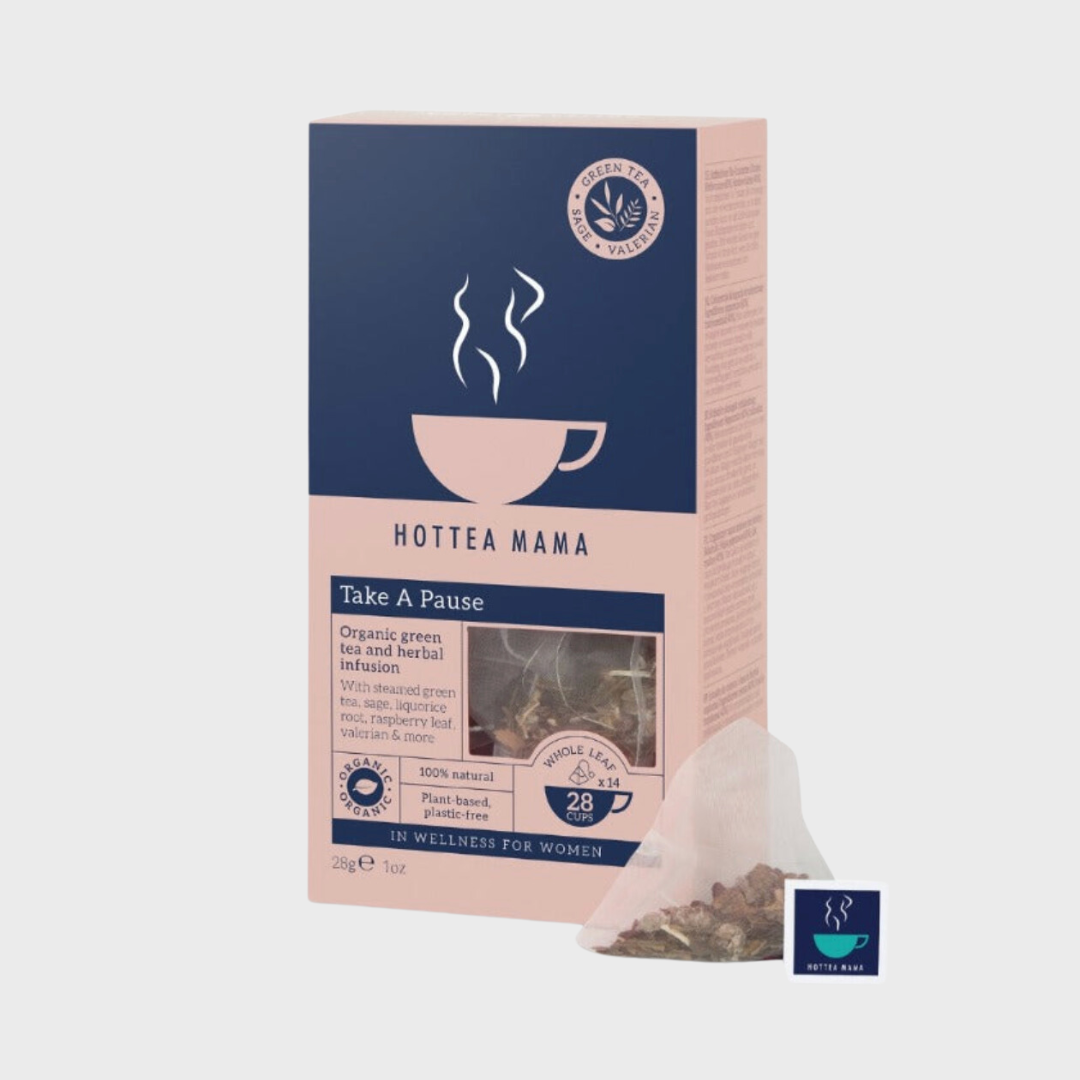
Author: Mary Doube
As women, we will experience menopause at some point in our lives, and yet so many of us around the world are still not getting the support we need. So, what actually IS menopause and what are the different stages of menopause to help you identify its onset in your own body - either now or in the near future?
Menopause – What is it and what are its phases?
Menopause is a transitional period where our bodies start to slow down on their reproductive abilities. For most of us women, this transition is not a fun ride at all. We begin to experience a shift in the way our body works physically, emotionally, and spiritually. The lucky ones breeze through a problem-free menopause!
Menopause is influenced by a change in hormone levels. During our fertile years, our ability to produce an egg each month is associated with the release of a hormone called ‘estrogen’ that is mainly produced by the ovaries and controls our reproductive cycle. As we get older, our store of eggs in the ovary decreases and our ability to conceive diminishes. At this time, less estrogen is produced, causing our bodies to behave differently. However, our bodies do not stop producing estrogen overnight, and the process can even take several years, during which symptoms arise gradually. This gradual change is called the Peri-menopause phase – typically occurring between the ages of 45 and 55 (but can sometimes be younger).
At around the age of 50-55 years, the monthly cycle stops completely – no more ovulations, no more periods and no more pregnancies. This is Menopause.
Post menopause is the time following the last period and is usually defined as more than 12 months without periods.

5 Common Symptoms to Look Out For
Now that we have identified the 3 stages of menopause (peri, menopause and post menopause), let’s understand the most common symptoms amongst women.
1. Hot Flushes & Night Sweats
The most common symptom of menopause. We suddenly find ourselves feeling hot and sweaty, with flushed red skin and increased heart rate, followed by suddenly feeling cold. Though the exact reason isn’t fully known, it’s said that hot flushes are brought about by changes in the hypothalamus, which is a part of the brain that coordinates the body temperature. If it becomes aware that the body is too warm, it initiates reactions in our bodies such as increased blood flow to deplete the heat, hence the hot flushes, followed by cold sweats.
2. Weight Gain
Though weight gain reasons vary for every woman, the most common areas that gain extra weight are around our waist and abdominal region. Weight increases due to the reduction in metabolic rate and changing hormones. Common factors also include aging, lifestyle, and genetics.
3. Insomnia
The menopausal change in estrogen and progesterone contributes to disrupted sleep. Tiredness and fatigue become inevitable and the insomnia cycle goes round and round. On the other hand, melatonin, which is vital for sleep, also decreases as we age.
4. Joint Pain
As we progress through menopause, the changes in hormones create more aches and pain around the joints, particularly the knees, shoulders, hands neck and elbows. However, this can be alleviated by moving our bodies more. Strong Formula’s 5 x 6 program includes health and wellness plans that cater to women who are going through any stage of the menopause cycle. Through Strong Formula’s guidance, we can start with simple exercises and progress from there.
5. Anxiety & Depression
Low levels of estrogen can affect other critical parts of our bodies, including the brain, causing changes in our emotional state. The accumulated stress from the previously mentioned physical manifestations of menopause can also lead to anxiety and depression as they could potentially take a toll on our everyday lives.
Other common symptoms include passing urine more often by day and/or by night, vaginal dryness, thinning hair and skin, loss of skin elasticity or serious long-term effects such as the bone thinning disease Osteoporosis, Diabetes, high cholesterol, and heart disease.
The 2 Recommended Approaches to Dealing with Menopause Symptoms
There are many ways to improve specific menopause symptoms: Hormonal and Non-Hormonal.
Hormonal Approach
Hormonal methods include hormonal therapies (eg. HRT - hormone replacement therapy) or birth control pills to help our ovaries to continue producing estrogen. This can also include medications such as antidepressants to reduce our mood swings and other allopathic medication for joint pains and weight gain. These treatments are typically prescribed by doctors.
Non-Hormonal Approach
On the other hand, Strong Formula is a non-hormonal method of treating and alleviating menopausal symptoms. Our 5 x 6 Formula helps women like you manage menopausal hot flushes, night sweats, insomnia, diminishing bone density, anxiety, & depression delivered effectively in bite-sized content through a fully immersive mobile app. Read more about Aviiana Wellness Program HERE.
Either way, we are always known to have great intuition, especially when it comes to our bodies. If you are struggling, advice and support is widely available both Hormonal & Non-Hormonal. Menopause is a time when our bodies deserve some extra tender loving care. We don’t have to suffer in silence but should instead TAKE CHARGE to live our best life well into our 50’s and beyond.


















